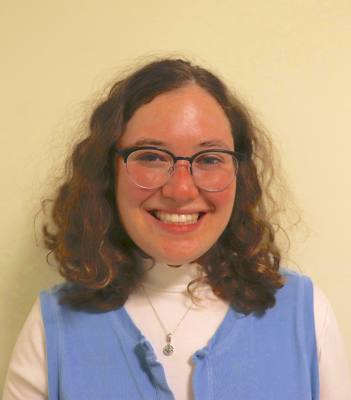Prairies are ecosystems with tall plants and grasses that start at the coast of Texas and stretch through Oklahoma and into the Great Plains, said Rhonda Burrough, a science teacher at Katy High School.
The school’s Tiger Prairie started in 2018 at the front of the school with 60-70 different species of plants, Burrough said. However, it relocated to behind the high school’s tennis courts in 2021 when it did not meet community standards.
“It didn’t look like what people were used to,” Burrough said. “It was [really] tall. Kind of wild looking. The district said, ‘Would you want to come back to the back of the school?’”
Now with a larger two-acre plot, teachers at Katy High School and prairie team members Burrough, Megan Keith, Kelly Knight and others are helping students continue to learn about grasslands.
After Tiger Prairie team members complete training sessions that started in mid-August, students will receive a $3,000 Student Climate Resilience Ambassadors Grant from the National Wildlife Federation to conduct research with the federation, the nonprofit Galveston Bay Foundation and TBG Landscape Architects on the effects of flooding in urban areas. The money will be used to focus on ways to mitigate flooding by using a smaller prairie known as a pocket prairie, Burrough said.
“It’s so great to find ways we can minimize damage from flooding [by] using something natural that’s always been here,” said Knight, a Katy High School teacher.
Burrough joined a tour in June with professors from Texas A&M University, Oklahoma State University and the University of Nebraska to learn more about grassland protection through the Prairie Project, a project spanning Texas, Oklahoma, Kansas and Nebraska—in which teachers, ranchers and professors can learn and share research and management experience about protecting grasslands.
“Our job now with the kids is to create data [and] generate lessons that communicate the problem that we’re having with our grasslands and how we can solve it,” Burrough said.
Burrough said she plans to meet with professors from Texas A&M and OSU to learn about woody plant encroachment and extreme climate.
“It’s so much more impactful when you present kids a problem rather than give them a cookie-cutter lab you’ve done for years,” Keith, a Katy High School teacher, said. “Getting kids to create their own ideas and then show them how to implement it is so much more powerful.”
EcoRise, an organization to help inspire new leaders to design a sustainable future, is providing the Tiger Prairie with two cameras to livestream on YouTube. One is for an owl box, and another one monitors the bees from the high school’s Beekeeping Club. Both cameras are located within the prairie.
“[Kids] can make scientific observations about the time of day, [and] they can do experiments on the temperature or the activity of the bees just by watching the cameras,” Burrough said.
To activate the prairie, students and teachers planted cover crops—plants with long roots that break up the soil—in the spring. Then they removed the cover crops and planted millet and milo this summer and will plant prairie seeds—a mix of grasses, forbs and woody plants—in the fall, Burrough said.
With the drought this year, the prairie team planted a second set of cover crops. If it does not rain, they will wait until the winter to plant prairie seeds.
“It has always been student focused,” Keith said. “We wanted an outdoor classroom ... a place where we can bring science to life.”
Asia Armour contributed to this report.






